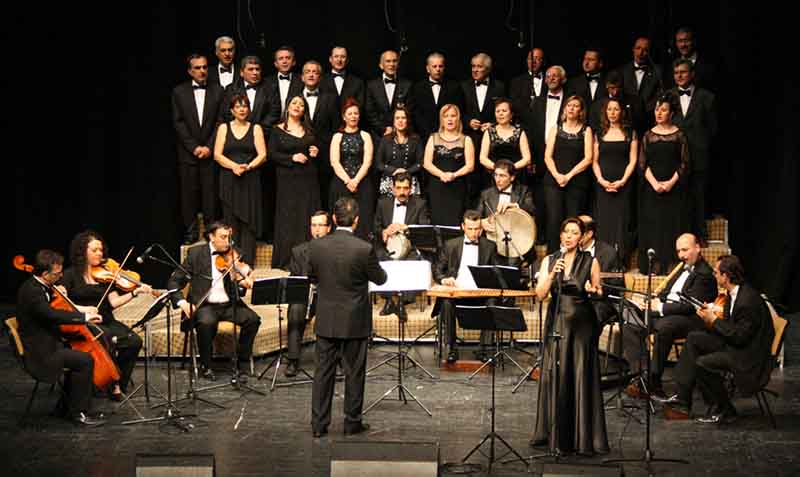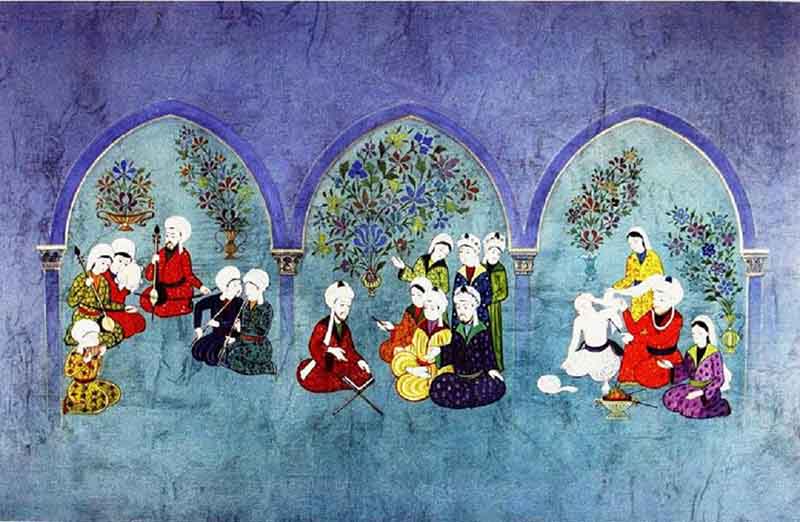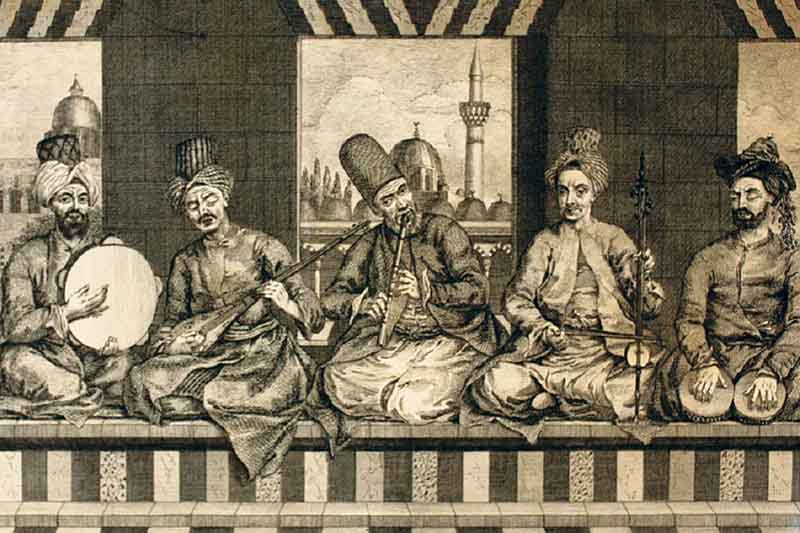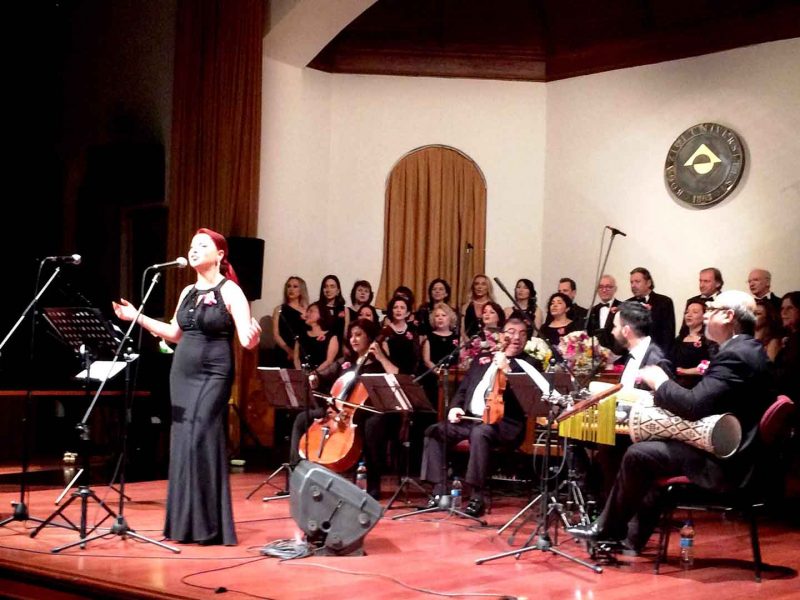The trend of nostalgia in the consumption of contemporary culture has been experiencing intense popularity in recent years. The styles of past times are sought in many scenes, from clothing to artificial architecture to music. In this respect, Classic Turkish Music draws attention with both its source and its inhabitants. Though historians and musicologists cannot agree on many points, the main source of Classic Turkish music is always Anatolia.
What is Classic Turkish Music?
The music that is performed with its own modes is called Classic Turkish Music. This name was mostly used after the republic. With the establishment of the Republic, old-new, West-East debates have taken place; one of the topics in the discussion of these debates is music. The concept of “Ottoman music”, has been preferred by some musicians, while some of them preferred the name of Traditional Turkish Music after the declaration of the Republic. Between 1934 and 1936, Turkish state banned the broadcasting of Turkish music on the radio due to ideological constraints. Classic Turkish music, which is still very interesting, was not studied in the conservatory until the 1970’s.

Typical choir of Classical Turkish Music
The Source of Classic Turkish Music
The most intense debates focus on the source of the music. The history of Turkish music goes up to the 10th century. In the beginning, which we can call the Formation Period, there are great musicians like Abdulkadir Meragi. Later, we witness the transformation period, the classical period, the last classical period, the romantic period and the contemporary period respectively.
Both historians and musicologists have not allied on the topic of the source of Classic Turkish music. According to some, Turkish music evolved from Central Asia. In contract, some think that it was fed from Indian music. There is also a very different opinion, East Roman (Byzantium) music is a source of it.

After the declaration of the Republic, musicians chose to use the term “Traditional Turkish Music” over the term “Ottoman Music”.
However, when we bring them all together, the musical genre that we call classic Turkish music buoys especially after the 16th century in the Anatolian geography. Moreover, it achieved to synthase all of Central Asia, Indian, Iranian and East Roman music and reached its original structure and entered the world literature as one of the longest-running classic music styles all over the world.
Relation to Eastern Rome Music
Recently, the debate about the use of Chopin’s funeral anthem music in the official protocol in our country has once again created another debate about the relationship of Classic Turkish Music – East Roman Music. One of the sources that it feeds, as we have mentioned above, is Eastern Roman music. The style we call Eastern Roma music that emerged in these lands is actually the hymns that churches performed. During the Eastern Roman times, the songs of the Greek Orthodox princes were feeding the Uşak mode in today’s Turkish art music. Likewise, Hijaz and Segah are lower branches that are fed from the Greek Orthodox tribes. During Eid-al-Adha Feast, Muslims perform famous tekbir of Itri in segah mode, in the mosques.

The history of Turkish music goes up to the 10th century.
Classical Turkish Music Artists
Composers and performers are two distinct units that create a unique experience of our music. Main lines are with over 20 different instruments such as ney, tambour, oud, cumbush, qopuz. The saz performers also attract special attention.
Sadettin Kaynak, Avni Anıl and Selahattin Pınar are the most prominent figures in the composition of Turkish Classical Music.
The performers consist of artists, many of whom we are very familiar with. Safiye Ayla, Hamiyet Yüceses, Müzeyyen Senar and Zeki Müren are important artists with their contributions to the art.

